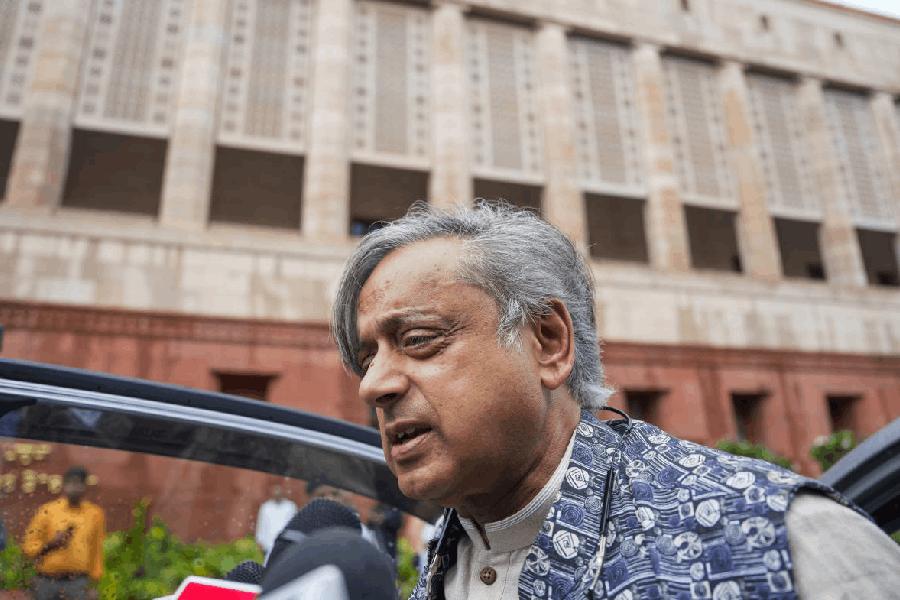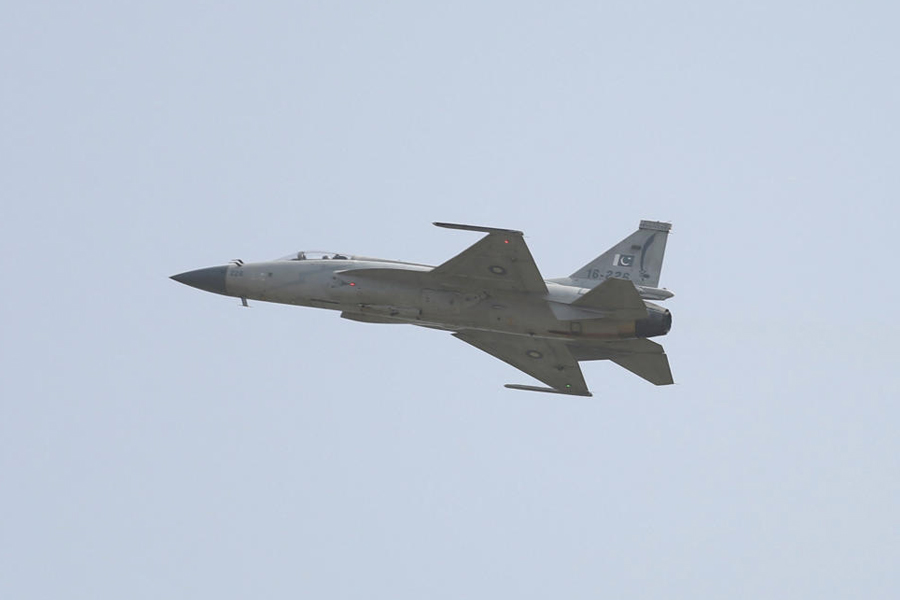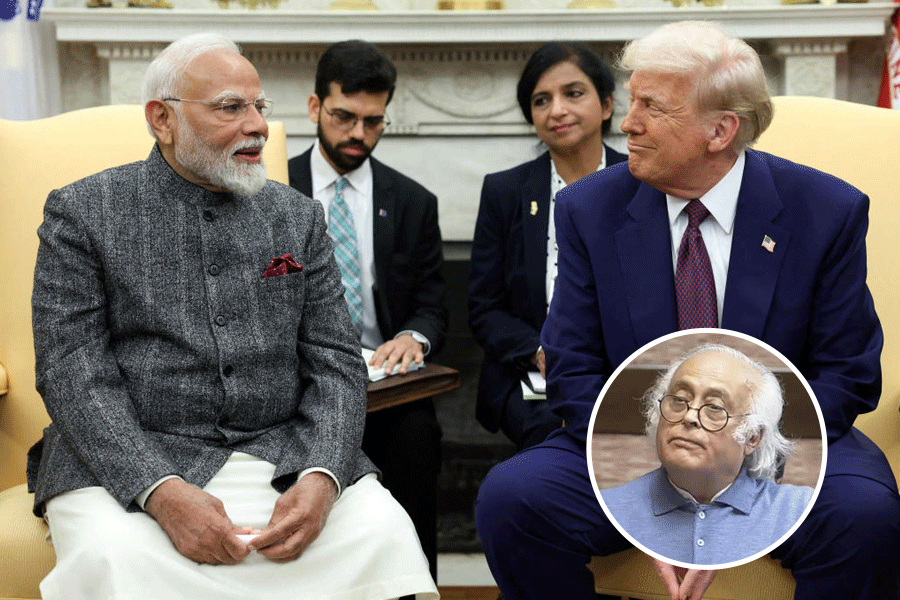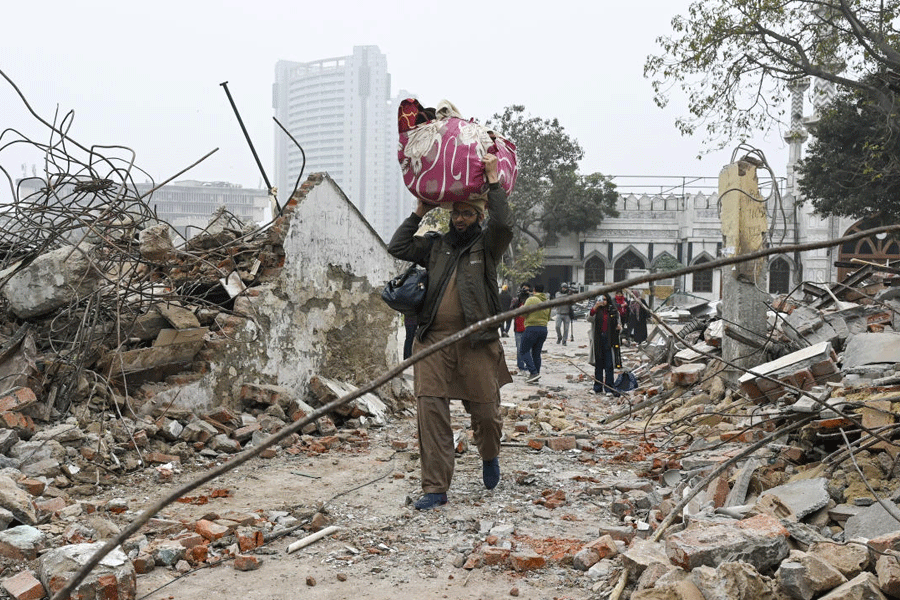 |
No Exit from Pakistan: America’s Tortured Relationship with Islamabad By Daniel S. Markey, Cambridge, Rs 495
The bilateral relationship between United States of America and Pakistan, since the independence of the latter in 1947, has always been rocky. The book is a critical analysis of this relationship between the two countries marked by geographical, cultural, political and ideological differences. Yet, the US tries to maintain cordial relations with the country. The book deals with the US’s South Asian policies and its evolving strategy because of the rise of China and India as important players in the region. Recently, the bilateral relations between the two countries have become strained. This adds an element of interest to any writing on this subject. Since the terrorist attacks of 9/11, the two countries have had serious differences. The Americans have come to believe that Pakistan has become a breeding ground for terrorists. Again, Pakistan feels betrayed by the US and doubts the intention of the super power.
The intricate, ambiguous and sometimes contradictory policies followed by these two countries is explored by Daniel S. Markey (picture) in his book, No Exit From Pakistan: America’s Tortured Relationship with Islamabad. Markey, a senior fellow at the Council on Foreign Relations and associated with the South Asia portfolio on the Secretary’s Policy Planning Staff at the US Department of State, has tried his hands on a subject that will have wider ramifications not necessarily restricted to the two countries.
Pakistan has always been a difficult country to deal with even for the Pakistanis themselves. They have suffered years of military rule, terrorism and insurgencies that have crippled the economy of the country. The US extends a helping hand to Pakistan but doubts its nuclear programme and suspects the country’s involvement in terrorist activities. Pakistan expects help from the US but harbours misgivings for the super power. Markey examines this tricky subject from different perspectives and tries to find an answer. But before arriving at any conclusion, Markey examines and analyzes the challenges faced by the US in dealing with a country plagued with problems. So he makes it a point in his writing to understand Pakistan’s problems and see how the country views US and the manner in which US policy makers had handled knotty problems in the past.
Markey tries to place Pakistan into the larger framework with the other regional players to assess its importance for the US policy makers. He recommends future strategies for the US policy makers and feels that they should make the best out of their relationship with a country they cannot forsake.
Markey writes from the perspective of the American policy makers thus retaining the interest of the people at home. He gives a comprehensive history of the “tortured” relationship between the countries and shows how “Washington has viewed the country as a means to other ends”. He also points out how “Pakistani leaders dipped into America’s deep pockets to serve their purposes”. These ideas serve as pivotal points in the book and explain why both the countries cannot part ways in spite of serious problems. During the Cold War the US used Pakistan to ward off the threat of communism and in recent times as a partner in their war against terrorism. Pakistan needed monetary aid of billions of dollars and the help of a super power against India which it considers to be its enemy.
The author devotes quite a number of pages to explain the anti-American sentiments in Pakistan that started in the early stages of the Cold War and the reasons for US’s help to Pakistan and Islamic country’s decision to maintain relations with the US. When writing about the US perspective, Markey is far more restrained and writes only about general policies that were pursued in Pakistan and South Asia from the Cold War era till the present times. There are references to books, typescripts and policy matters that are seldom found and is enlightening. Similarly Markey’s views about America’s tilt towards India are interesting.
Any reading of international relationship must consider the vulnerable position of Pakistan. But Markey is more concerned with the US’s interest in the region and tries to find out ways for better implementation of its strategy. His opinions of Pakistan’s role in souring Indo-US relation seem more academic than realistic.
Markey thinks like an analyst but writes like an academic though he cannot be separated from his American identity. The comprehensive review of the US policy towards Pakistan shows his political acumen. He understands the reasons for Pakistan’s unpredictable behaviour and yet he is not averse to the follies committed by Washington over the years. He gives simple and clear solutions to longstanding problems. Markey’s views are hard to ignore whether one agrees with it or not.












